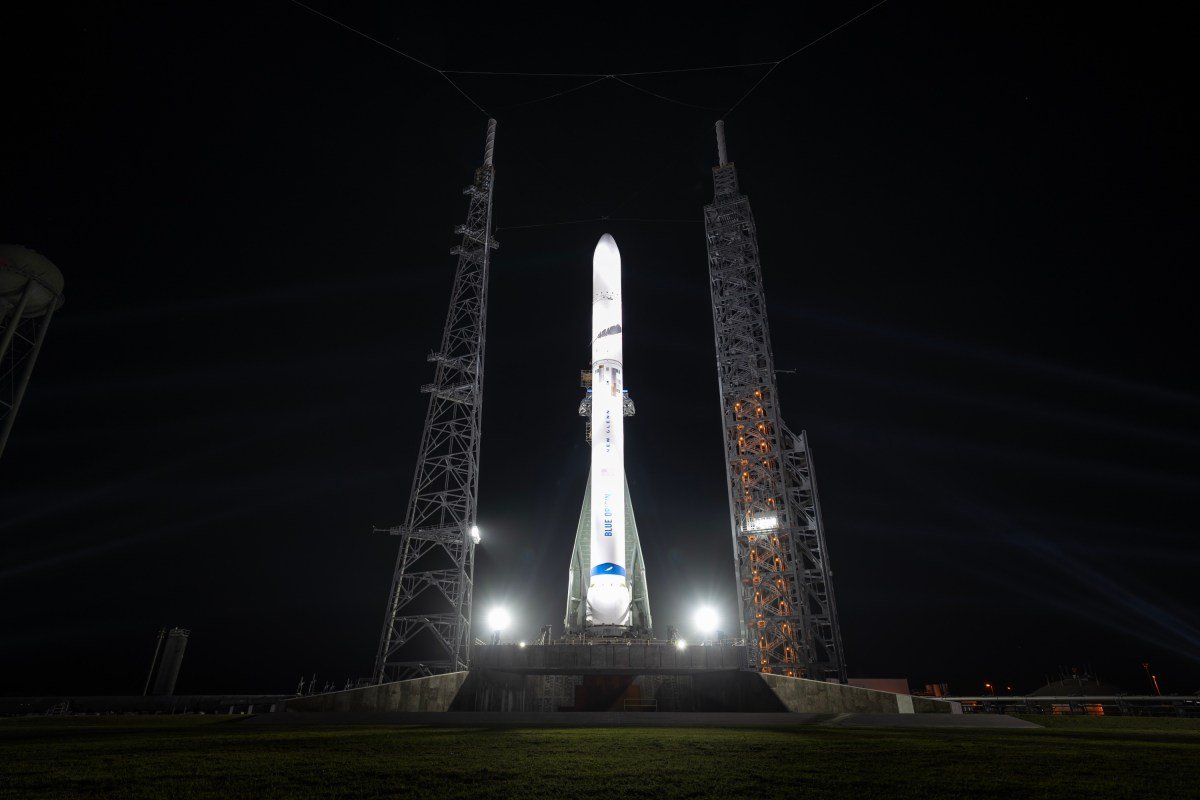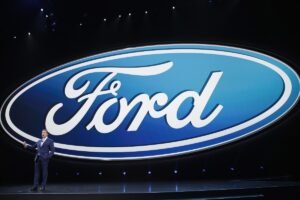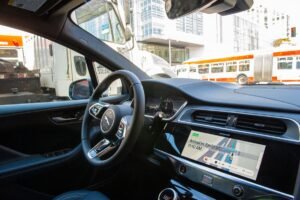In a milestone moment for space technology, Blue Origin, founded by the billionaire entrepreneur Jeff Bezos, has successfully raised a test version of its massive orbital rocket on its launch pad for the first time. This marks the start of a significant test campaign leading up to the planned first launch later this year.
“The upcoming tests with this launch vehicle will let teams practice vehicle integration and transportation to and from the launch pad, and what’s called an integrated tanking test.”
The test version of the rocket features all Blue Origin hardware, although not all components will necessarily be used for space travel. The second stage and payload fairing are currently stand-ins, and the vehicle does not yet have its BE-4 engines installed. These engines, also developed by Blue Origin, are currently undergoing their own series of tests at NASA and the company’s facilities in West Texas.
“Manufacturing continues to make progress with multiple boosters, fairings, and second stages in our factory. We’re looking forward to bringing this heavy-lift capacity to our customers later this year.”
According to Blue Origin CEO David Limp, the upcoming tests will take at least a week to complete. These tests include practicing vehicle integration, transportation, and a unique tanking test where the booster will be fueled with liquid nitrogen to ensure proper fluid system function. Once completed, the rocket will return to Blue Origin’s facility at Florida’s Cape Canaveral Space Force Base, where it will be equipped with seven BE-4 engines and a flight-ready second stage.
Limp expressed confidence that the vehicle will meet its targeted launch date by the end of this year. This launch will mark a significant milestone for the 24-year-old company, which is best known for its suborbital rocket, New Shepard, used for space tourism flights. New Glenn, standing at an impressive 320 feet, boasts to be Blue Origin’s first heavy-lift rocket capable of launching over 45 tons of payload into low Earth orbit. The reusable first stage is designed to land on a barge in the Atlantic Ocean and is expected to fly for at least 25 missions, similar to SpaceX’s booster recovery.
- The first launch of New Glenn will carry a pair of NASA spacecraft, ESCAPADE, with Mars as their ultimate destination.
- Amazon, Bezos’ other company, has awarded billions to Blue Origin for up to 27 launches for their upcoming Project Kuiper satellite internet constellation.
- Blue Origin has also secured launches for telecom providers Telecast and Eutelsat later this decade.








